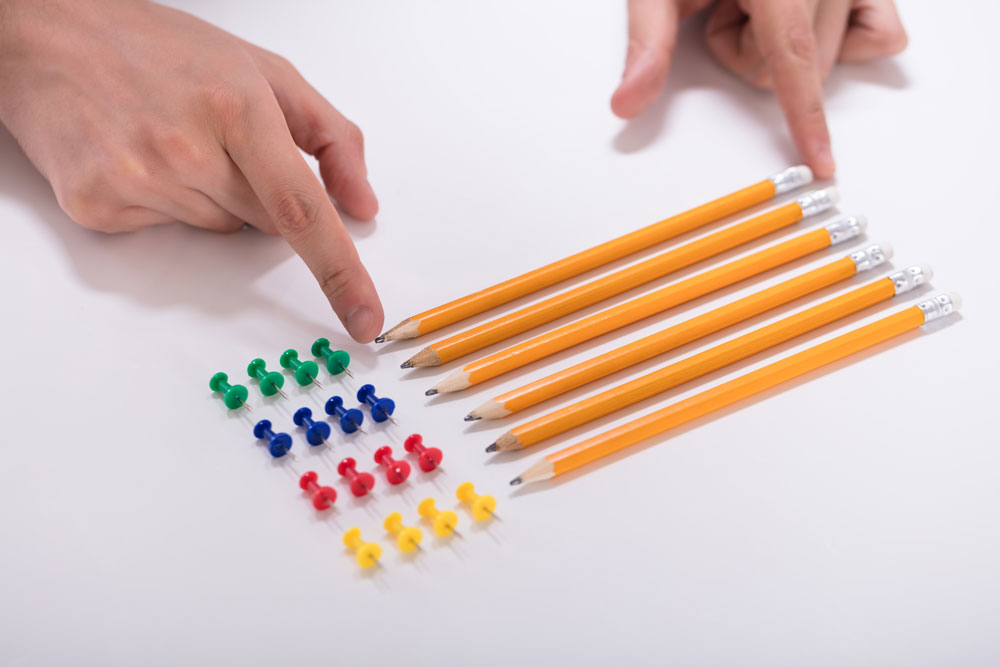Feeding another person is not entirely easy.
This article is written based on Swedish conditions. Hopefully, it can inspire interested individuals from other countries.
What can contribute to a good meal situation? Many residents need help with food and meals. Some also have difficulty swallowing. Feeding another person is not easy. Good sitting position, aids in connection with the meal, peace and quiet, and adapted diet are some factors that can facilitate the meal.

Mealtime Aids
The sitting position affects the ability to eat and ingest nutrients. The occupational therapist has valuable knowledge that can make a significant difference for the resident's opportunities to eat independently or have a pleasant meal. The occupational therapist instructs about the resident's sitting position in the wheelchair or in bed. Being fed while half-lying down or with a slumped sitting position is not a pleasant experience and can lead to food or drink ending up in the lungs.
Cups, plates, and cutlery can be specially designed for the resident's needs to function well in connection with meals. There are other aids that can contribute to independence, for example, special sandwich plates so that those who can only use one hand can still spread their own sandwich.
Feeding Someone Else
It happens that elderly people lose the ability to eat on their own. Swallowing difficulties are a natural part of the course of dementia. Stroke and other events can affect the swallowing ability as well as the ability to bring the cutlery to the mouth.
Feeding another human being is a difficult task. By taking it at a moderate pace, we contribute to a pleasant meal and a good taste experience. There is a risk that the person being fed chokes or does not get enough nutrition because the person feeding lacks the right aids, is not responsive, or is short on time.
Basic knowledge is needed to feed a person who may have swallowing difficulties. Staff who are to feed a resident must give the person time to chew and swallow correctly and also to breathe. The person feeding should have plenty of time to be able to perform safe feeding. An exercise for the staff, which can be good, is to be fed by a colleague.
Everyone, not just people with swallowing difficulties, should sit upright when they eat so that they do not swallow incorrectly. Oral health is of great importance for the ability to chew and swallow. Teeth must be cared for daily morning and evening. Make sure that any dental prosthesis is in place. It may be that the person being fed does not want to sit with the others during the meal. Be responsive to the resident's wishes.
Some nursing homes have introduced a requirement for delegation to feed, as there have been fatal accidents due to incorrect feeding.
Preparations for Feeding:
• Wash your hands (avoid unpleasant smells from your hands that disturb the dining experience, as well as pathogens)
• Sit ergonomically and comfortably (important for your body and for contact with the person you are feeding)
• Set the person who is to be fed well and use prescribed aids (reduces the risk of swallowing wrongly and contributes to an improved meal)
• Encourage and support the person who is to eat (your personal opinion about the food should not affect the person who is to eat)
• Feed at a moderate pace and give a suitable chew size (the person being fed should not feel stressed)
• Do not talk with food in your mouth (if the person being fed has food in their mouth and talks at the same time, the risk of swallowing incorrectly increases)
You might think that employees should understand, but unfortunately, it happens that the feeding is done in an unprofessional way. It is not particularly pleasant if food messes up or ends up in the face. If you want to know more about feeding, see the care manual.
Tube Feeding
Many relatives are faced with the question of whether the care should insert a tube. When someone for various reasons cannot eat, healthcare can insert a tube. Often it is about swallowing difficulties as a result of illness. A tube can be inserted either through a tube through the nose (nasogastric tube) for temporary use or via a tube or button that is surgically inserted through the abdominal wall (PEG tube) that can be used for a longer period.
Tube feeding requires a lot of routines. There are good instructions in the care manual. Different tubes require different demands that it is necessary to know, for example, if medication is to be administered via the tube. Follow the prescription so that the resident gets the right amount and of the right kind so that the nutrient supply matches the need for nutrients.
Sometimes it is the nurses who give tube food, but it is often delegated to experienced nursing assistants. To correctly administer nutrition and medication during tube feeding requires competent employees. Sometimes the resident can be prescribed tube food at night. Before each supply of nutrition/medicine, the tube position should be checked and judged to be correct.
The person who tube feeds should check that the person is sitting upright or has a raised head end in bed to minimize complications. Likewise, to know how medicines should be handled so that there is no stop in the tube and to be able to predict and have the competence to assess when complications occur.
The upper stomach mouth often does not close completely tight. If the tube food goes backwards up through the esophagus (reflux), it can mean that the resident chokes (aspiration of tube food). It can then mean that the tube food comes down into the lungs which can cause coughing attacks and in the worst case pneumonia.
Residents with lowered consciousness, bedridden residents without a normal swallowing reflex, and residents with a tendency to ventricular retention should therefore be monitored extra carefully.
For those who receive tube food, the risk of the mucous membranes in the mouth becoming more fragile when the food is not chewed increases. Oral care should be performed several times a day. Extra careful hand hygiene as the risk of spreading infection is great.
People with a tube can still have some swallowing ability. Getting food through a tube does not give the same joy of eating. To partly compensate, the resident can get small taste portions or just rinse their mouth with something that tastes good. Consult a dietitian or speech therapist if necessary.
There are different regulations in different regions for how the costs for tube food should be distributed between the municipality and the region. A resident who pays for full board should not be burdened with extra costs for tube food.
Reflection - help with food intake
Care staff:
• Do you have residents who get their nutrition through a tube?
• Do you use the aids that are available to make it as easy as possible for the resident to eat?
• How do you ensure that everyone knows how to feed?
Manager, Nurse, Occupational Therapist, and Physiotherapist:
• Do you have team cooperation to ensure that the meal situation is as good as possible?
• Have the employees received enough training before feeding?
• How do you work with taste experiences and oral care for those who receive food via a tube?
Residents and relatives:
• Are all meals appetizing?
• Do the residents receive a full diet that compensates for their illnesses?
Erland Olsson
Specialist Nurse
Sofrosyne - Better Care Every Day

Aktuellt i media
- 2025-12-11 04:00 07 Riskhantering
- 2025-12-08 04:00 06 Dokumentation
- 2025-12-03 04:00 06 Dokumentation
- 2025-12-01 04:00 02 Värdegrund
- 2025-11-27 04:00 13 Hygien
-
2025-11-24 04:00
03 Ledarskap
Leadership and Development - Future Elderly Homes, Development Work for Better Care
info Foto: Mostphotos
Foto: Mostphotos






